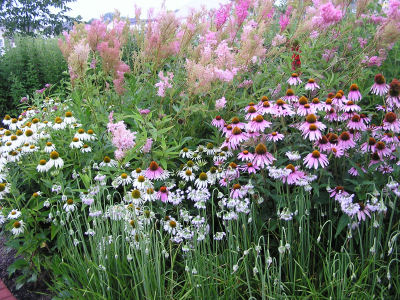I love gardening and be outdoors. One of my favorite things to do is seat by the bushes and watch wildlife pass by. Birds, butterflies, insects and of course flowers are my passion. I was so excited for the weather to heat up because it means it is garden season again! This year I decided to do a little more planning than usual because the selection of plants that I have are not native at all. I decided to help the environment and the wildlife and plant more native plants. According to the area that I live in my gardening zone is 5a, which means low temperatures go from -15 to -10 F. Gardening zones are used to indicate where various permanent landscape and plants can grow.
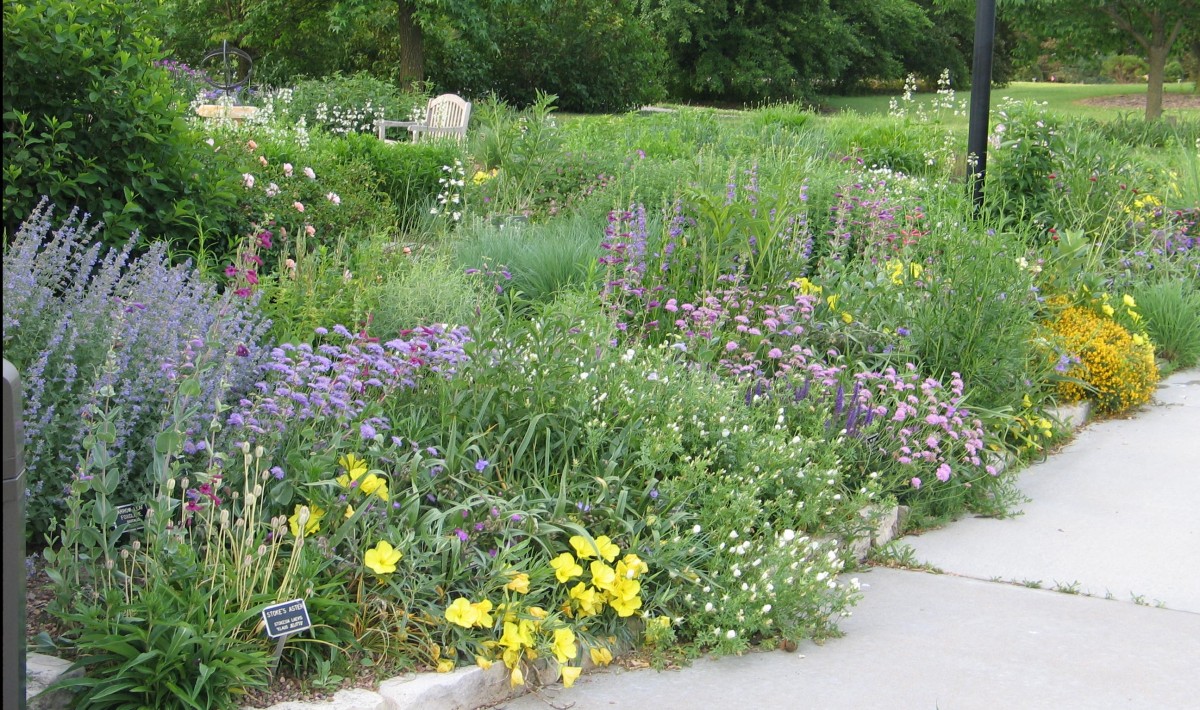
If you want to change your landscape to a native one, you have to choose plants, shrubs, or perennials to make sure they survive and grow year after year and tolerate year round conditions in your area, such as the lowest and highest temperatures and the amount and distribution of rainfall. Anyone can have a native landscape that works in harmony within your own environment, it provides a safe space for wildlife and is attractive even in the most urban setting.
Going native can get done in small steps, since my garden is already planted I need to change it step by step. I am going to start small, replacing an exotic specie with a native one. Making a small area in my yard into a native plant garden and by replacing a section of turf with a bed of native plants.
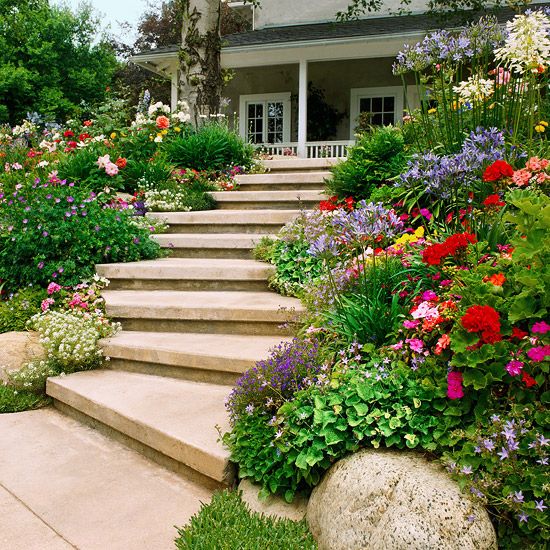
Any piece of your property that you change to native can help offset the habitat losses from development and will stop the spread of invasive plants. It will also save you money and time because is easier to take care, uses less water, doesn’t need fertilizers or herbicides.
You need to do some research about native plants and wildlife. Planning is the most important step. Find an attractive design that works well for you and keep in mind the well-being of the wildlife.
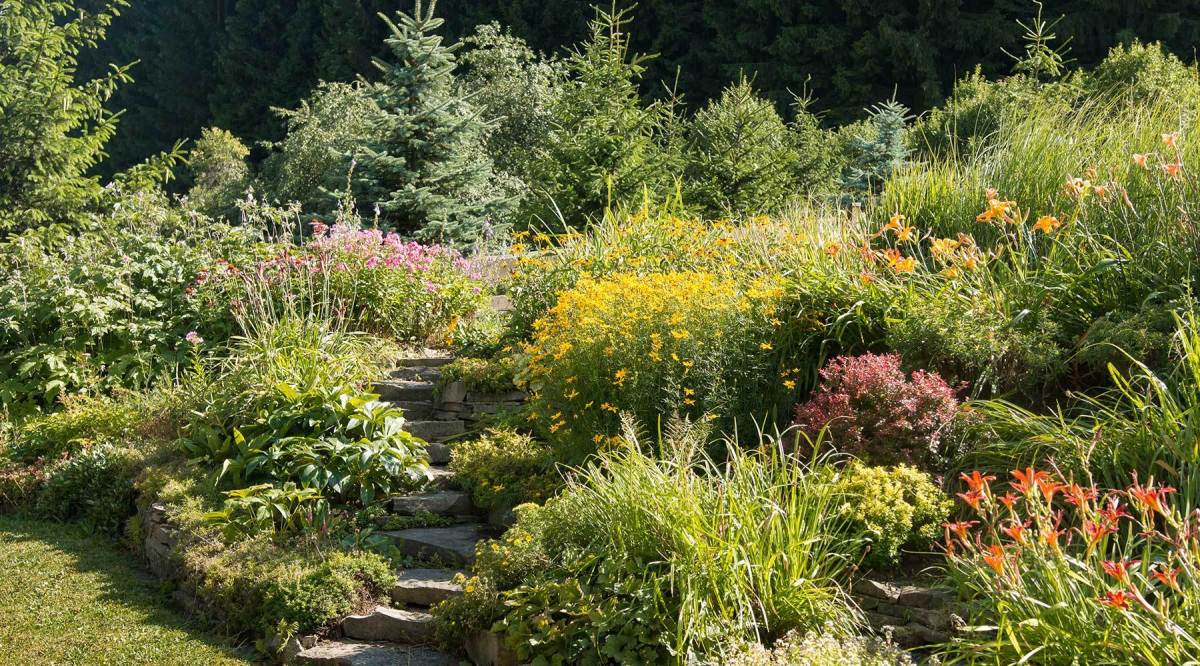
Step one: Make a plan. If you need some advice of what kind of garden is ideal for you according to your area and space available, there are many resources on the internet that can help you decide, also you can find a specific set of native plants that fits your interest.
It is very important to do an inventory of the plants that you already have. Are they native or exotic? Should you keep them or replace them? The Aubudon Society has a simple guide to help determine if your plants are native or not.
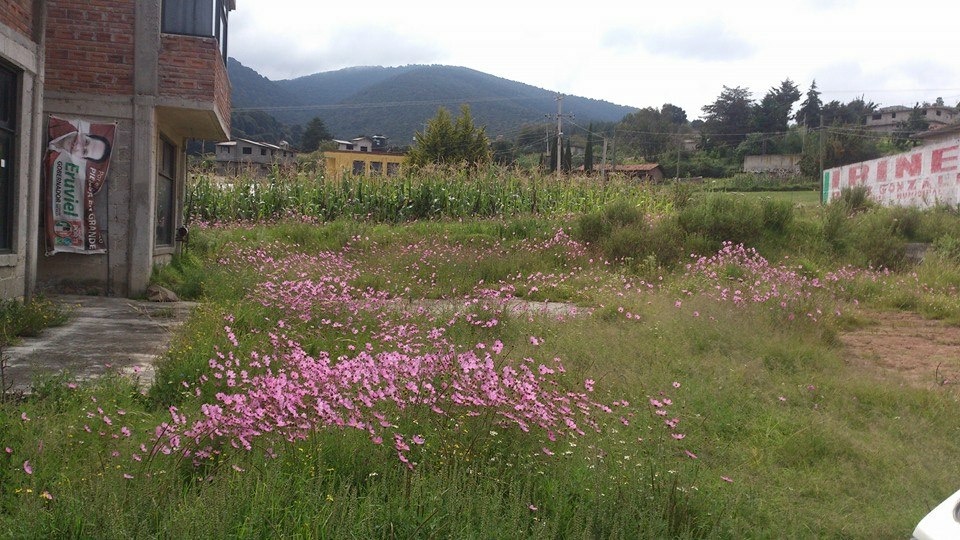
Step two: Design a native plant landscape. All wildlife has basic requirements: Food, water, and cover. If you want to attract a diversity of birds or butterflies to your property, you’ll need to understand their basic needs and your needs as a landowner. Meeting wildlife needs can require specific plant diversity, careful arrangement of plant types, and the addition of feeders, nest boxes, and water features.
Once you’ve made your plan and selected the native plants you want to use, you’ll need to find and buy plants and make sure they’re planted correctly.
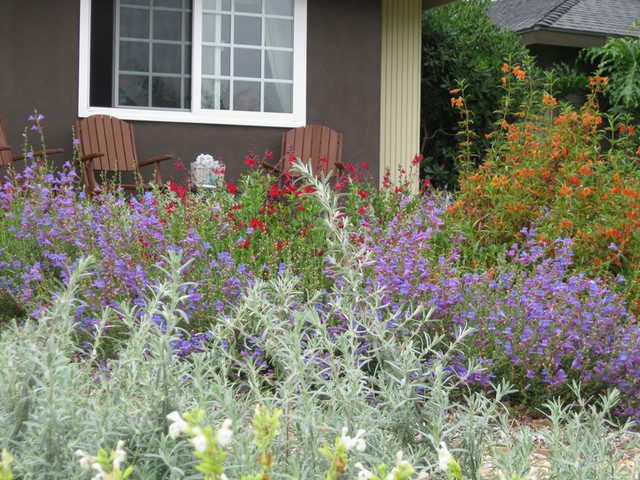
Step three: Maintain your native landscape: The good news after your plants are in place and established, they require less maintenance than their non-native counterparts. They don’t need fertilizers and they will use less irrigation.
As gardener we have a unique opportunity to address the biodiversity crisis, not only in animals but in plants too. Adding even a few native plants to your landscape can create gardens that honor your State’s rich natural heritage.
